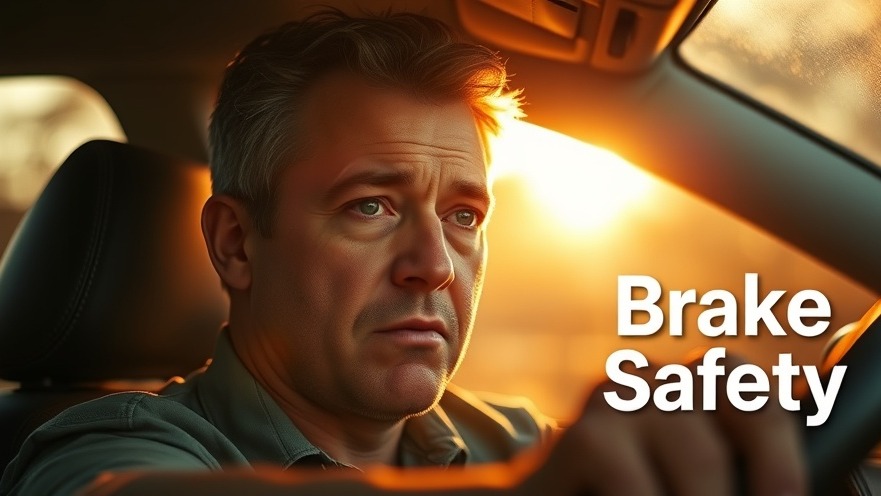
Identifying Clunking Noises in Your Vehicle
If you’ve ever noticed a worrying clunking or thumping noise while driving, it can indicate issues with your car or truck’s suspension system. Many drivers experience this slightly unnerving sound, often thinking it's a minor annoyance. However, it could signify serious underlying problems, including failing control arms or bushings. Understanding how to diagnose these issues can save you money and improve your vehicle's safety.
In 'Clunking Noise While Driving? Fix Your Car or Truck's Suspension with New Control Arms and Bushings,' crucial steps for diagnosing and repairing suspension issues are discussed, prompting a deeper analysis into maintaining vehicle safety.
Diagnostic Steps to Take
When you hear unusual noises from your vehicle, the first step is to safely inspect it. Raise your truck or car and perform a general check by shaking the wheel up and down, as well as side to side. This test allows you to spot potential issues with ball joints and tie rods, which can lead to confusion if not ruled out early on. Keeping a focus on your vehicle's condition can prevent you from chasing problems in circles.
Understanding Control Arm and Bushing Failures
Once your vehicle is lifted, a closer inspection often reveals the culprit behind the noise: worn or damaged bushings and control arms. Bushings, which cushion the connection between your vehicle’s control arms and its chassis, can degrade over time due to age and exposure, leading to a decrease in structural integrity. If one bushing is damaged, it’s likely others are too. Hence, replacing them in pairs is often recommended for even performance across your vehicle.
The Benefit of Replacing Control Arms
When faced with a worn control arm, many may wonder if it’s cost-effective to replace just the bushings instead of the entire assembly. However, attaching new bushings to old control arms—especially those that are rusty or otherwise degraded—can lead to installation problems and recurring issues. This often results in a more complicated and less effective repair job in the long run, not to mention the expense of specialty tools needed to press bushings in and out.
The Importance of Proper Installation
After replacing control arms, it’s crucial to ensure they are installed at the correct ride height to prevent failure of your new parts. Tightening bushings while the vehicle is in an incorrect position can lead to complications like premature wear. Ensuring you complete this task correctly not only extends the life of the parts but also enhances your vehicle's driving experience.
Final Steps: Alignment and Inspection
Once control arms and bushings are replaced, the last step is to get a professional alignment. Misalignment can cause uneven tire wear and further complications in handling. With your vehicle’s front end now tight and free from noise, regular inspections and maintenance will keep it operating smoothly.
If you suspect suspension issues and experience clunking sounds in your vehicle, taking action now could save you larger repair bills later. Ensure your truck or car runs smoothly, and consider checking the suspension system for necessary repairs or part replacements.
 Add Row
Add Row  Add
Add 




Write A Comment